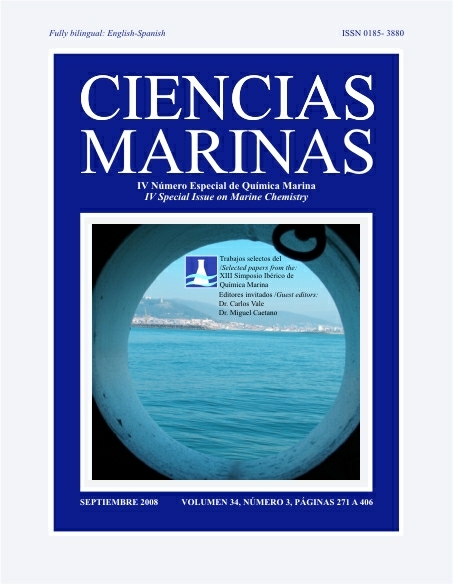Effects of exposure to arsenic in Corbicula fluminea: Evaluation of the histological, histochemical and biochemical responses
Main Article Content
Abstract
Arsenic (As) is a common element in aquatic environments and it is originated from both anthropogenic and natural processes. It is a toxic metalloid, especially in the trivalent form (arsenite), to humans and wildlife, and consequently its contamination of aquatic environments (especially groundwater and drinking water) is a serious public health problem in several regions around the globe, particularly in Asia, since it is known to cause cancer and other types of pathologies. The main goal of the present study was to assess the toxicological effects, bioaccumulation and ability to regulate As in Corbicula fluminea (Muller 1744), exposed to different concentrations of As in the water. One hundred fresh-water bivalves (1.6 ± 0.3 g) from the Minho River (Portugal) were randomly distributed in ten 20-L tanks and exposed to different nominal concentrations of As (100, 300, 500, and 1000 µg L–1) for 28 days. A tank with tap water free of chlorine was used as control. The assay was performed in duplicate, at a constant temperature of 20 ± 1ºC. The results showed a significant increase (P < 0.01) of As in the total concentration and cytosolic fraction after 28 days of exposure in all treatments. A significant increase (P < 0.01) in metallothionein concentration was also detected in bivalves exposed to the different concentrations of As, in comparison with the controls. The histological and histochemical evaluation provided clear evidence that As accumulated in tissues, especially in the digestive gland, and caused tissue alterations in 50% of the organisms.
Downloads
Article Details
This is an open access article distributed under a Creative Commons Attribution 4.0 License, which allows you to share and adapt the work, as long as you give appropriate credit to the original author(s) and the source, provide a link to the Creative Commons license, and indicate if changes were made. Figures, tables and other elements in the article are included in the article’s CC BY 4.0 license, unless otherwise indicated. The journal title is protected by copyrights and not subject to this license. Full license deed can be viewed here.

